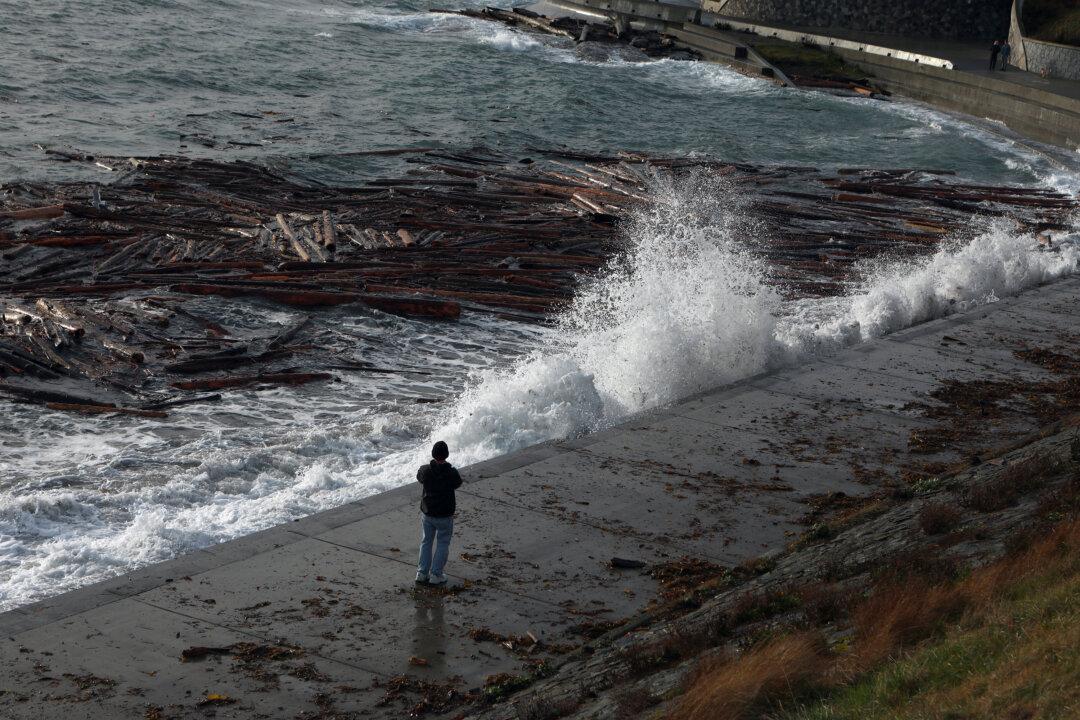A study by researchers at McGill University has found that a microscopic air pollutant generated from vehicles and industry plays a role in the deaths of an estimated 1,100 people in Canada’s two biggest cities each year.
Their study, published recently in the American Journal of Respiratory and Critical Care Medicine, finds that long-term exposure to the ultrafine particles known as UFPs—which are typically less than 100 nanometres in size—increases the risk of mortality.
Researchers tracked air pollution levels between 2001 and 2016 in Toronto and Montreal and used information including mortality data and other records to follow about 1.5 million people over time and calculate the connection between the exposure to UFPs and risk of death.
“We found that people, especially who are living in areas with higher levels of these particles, have a higher risk of mortality overall as well as mortality from respiratory and cardiovascular causes,” Scott Weichenthal, the study’s lead investigator, said in an interview on Wednesday.
The tiny size of the particles allows them to penetrate deep into the human body and enter the bloodstream, contributing to heart and lung diseases, as well as some forms of cancer, said Weichenthal, who is an associate professor in the department of epidemiology, biostatistics, and occupational health at McGill.
Previous studies have underestimated the health dangers posed by such small particles, he said.
According to his analysis, areas in Montreal and Toronto located near highways, airports and rail yards—anywhere fossil fuels and organic material are burned on a large scale—have higher concentrations of UFPs, meaning people who live in those areas are at a higher risk.
“The levels in the east part of Montreal tend to be slightly higher than the west probably because there’s more (of an) industrial area in the east,” he said.
The study’s authors say Ottawa and the provinces need to set concentration limits for UFPs the way they have done to regulate larger particles like fine particulate matter, such as soot from wood-burning.
“Right now we have no regulations at all, and (UFPs) are not really considered in terms of managing air quality,“ Weichenthal said. ”I think there needs to be more attention in terms of the possible health effects, but also monitoring to try to introduce policies that will reduce emission sources of these particles,” he said, adding that these efforts need to be focused where combustion occurs.
Health Canada and Environment and Climate Change Canada did not immediately respond to requests for comment.







